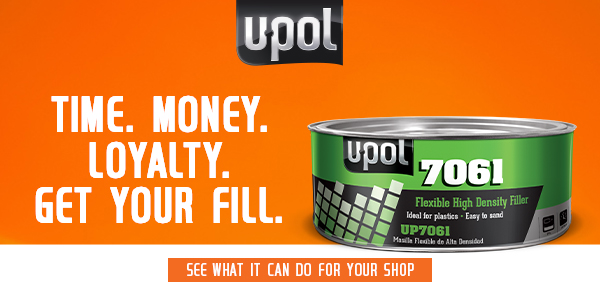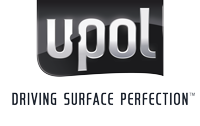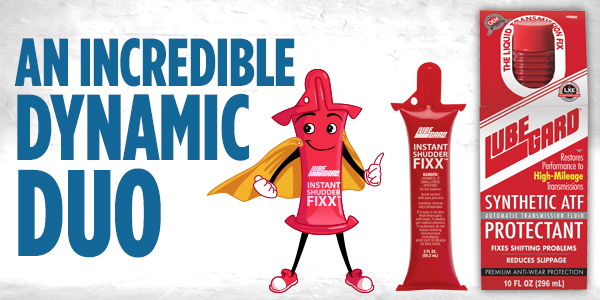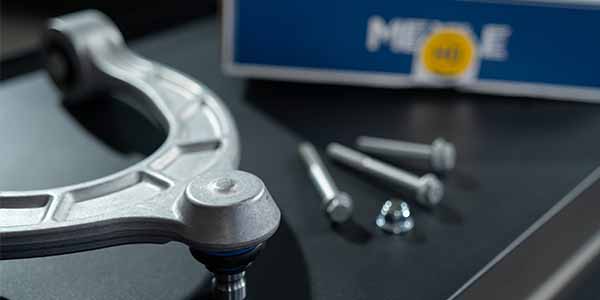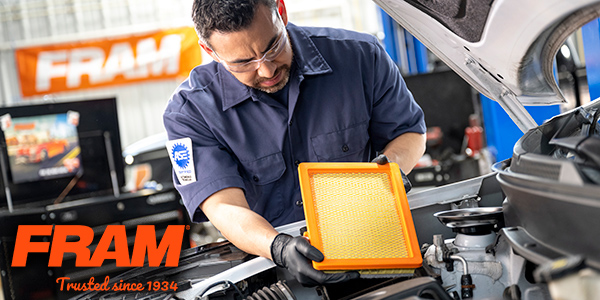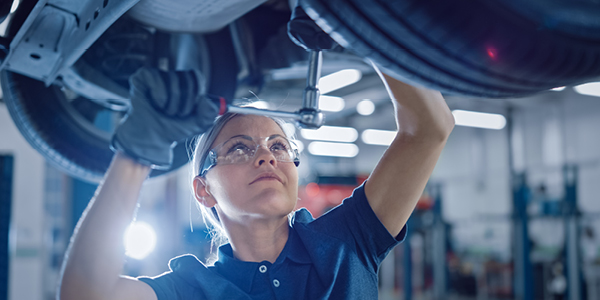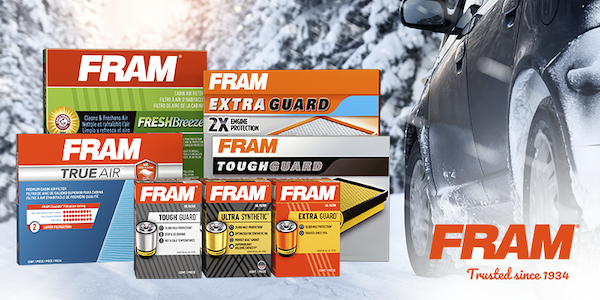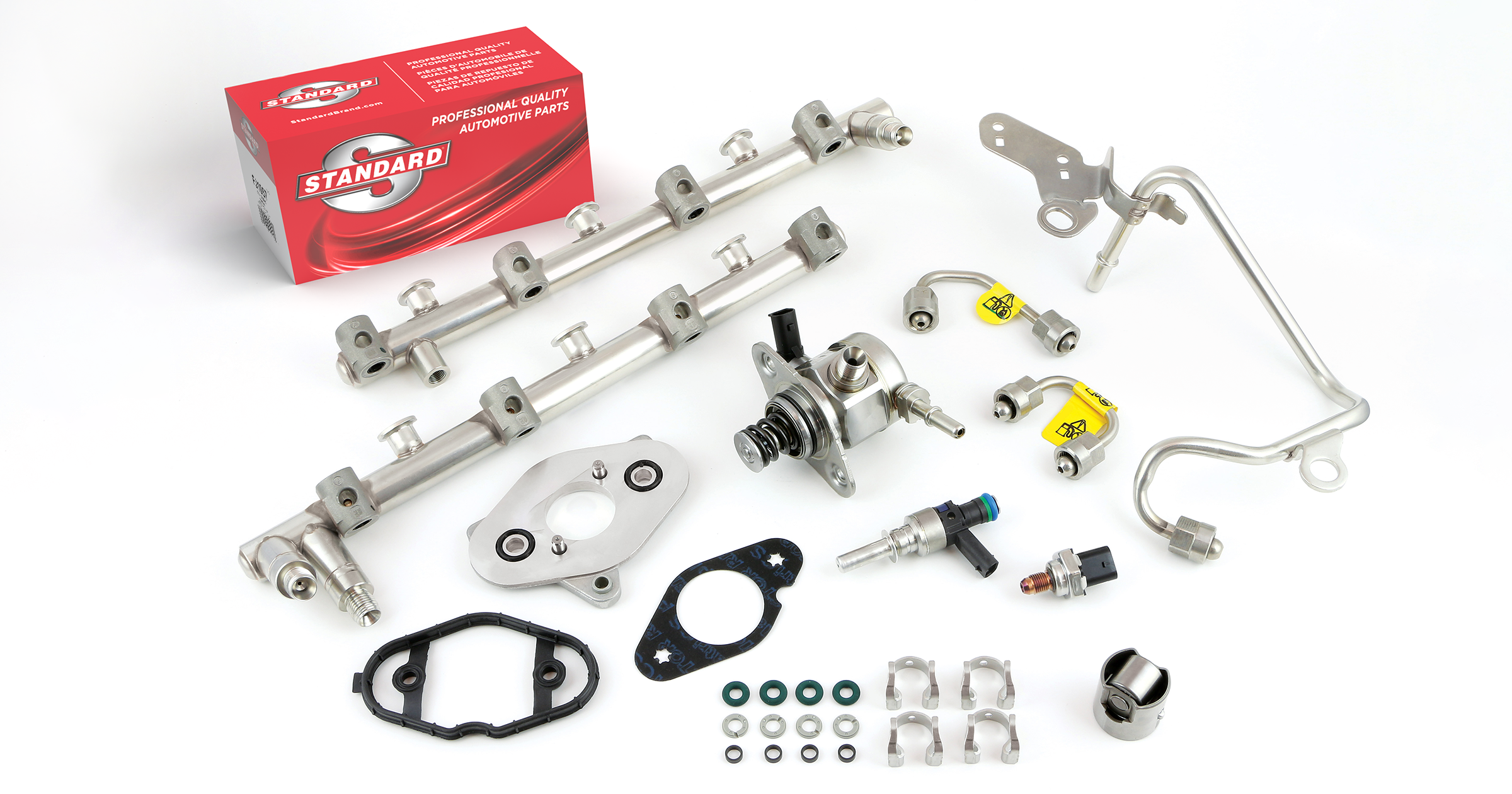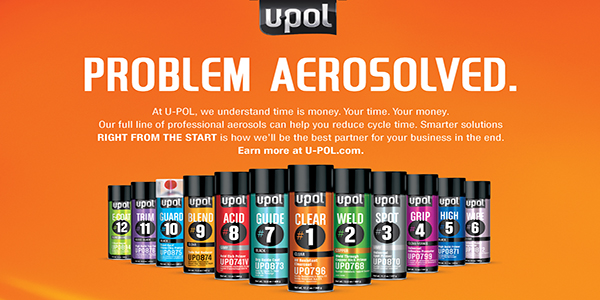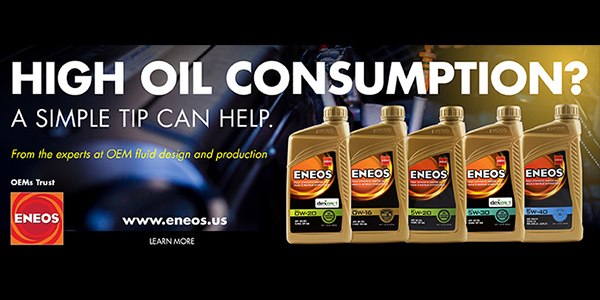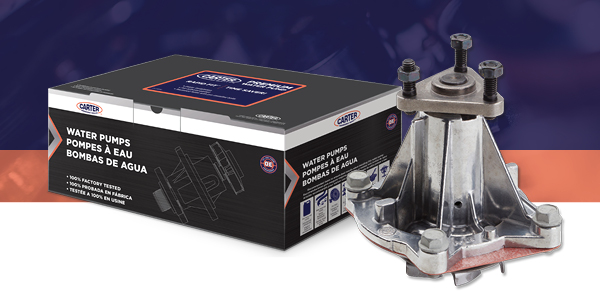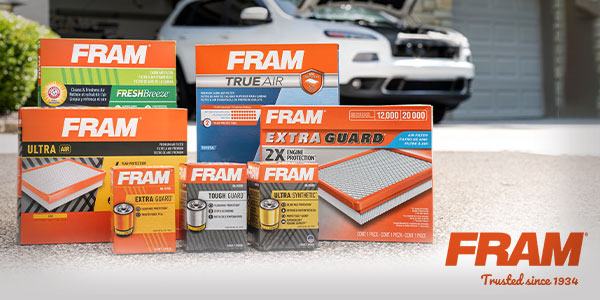Many OEM trends affect the way we make repairs in the market today—from complicated electronics and accident avoidance systems and sensors to vehicle designs with lighter weight, dissimilar metals, and plastics. Keeping up with all these industry trends, required trainings, ongoing certifications and proper maintenance of standard operating procedures can be challenging for collision repair managers and technicians alike. In the realm of plastics, specifically, it’s important to note that revenue opportunities can exist beyond bumper covers. Examples include step bumpers, grilles, A/C condensers, mirrors, tail lights, radiator supports… the list goes on and on. As such, the age old question exists: To repair or replace?
Depending on the level of damage and location of the repair, it may make sense to replace the part. In other cases, repairing the part may be the better option especially since most repairs average less than a few thousand dollars. If the decision is to make the repair, it’s important to consider the wide range of plastic repair options on the market, and what makes the most sense for your business based on your facility’s inventory practices, technicians’ skill levels and processes, and available trainings from the product manufacturer. If you are considering making a product or operational change, below are a series of questions that may help you in your decision-making process:
- Does your collision repair facility most often make repairs with plastic welders, hot staples, two-component adhesives or fillers, or some combination thereof?
- Before beginning any repair, does your product or process require your technicians to first identify the plastic, and then once identified, select the product that’s designed for that specific substrate?
- How many different plastic repair products do you carry in inventory?
- How often do you need to dispose of unused materials, or have material waste?
- How many plastic repair products are used by technicians on a regular basis?
- Can your plastic repair system be used for both cosmetic and semi-structural repairs?
- If your technicians typically use two component adhesives or fillers, is your plastic repair system compatible with other plastic repair processes, such as hot staples and welders?
- Do your technicians need to maintain special tools or equipment to make plastic repairs?
- How complicated is your overall plastic repair process, and are there standard operating procedures in place for newer technicians?
- From preparation to sanding to full cure time, how long does your average plastic repair process take?
Depending on how you answer these questions may help determine if there are process improvements or alternate solutions that better suit your needs. It is our hope that you find this information useful in your decision-making process so you can earn the most profits while delivering the best repair.
This article was sponsored by U-POL. For more information, please visit https://www.u-pol.com/us/en/video/right-from-the-start/up7061-u-pol-bumper-filler#.YfMOS-rMLIU.

